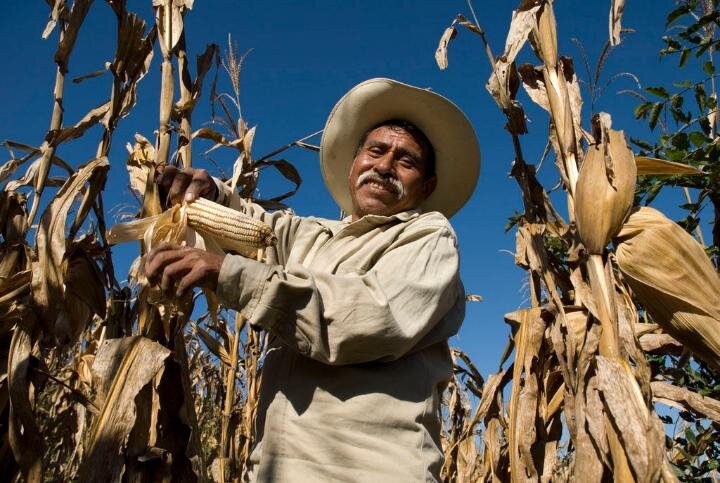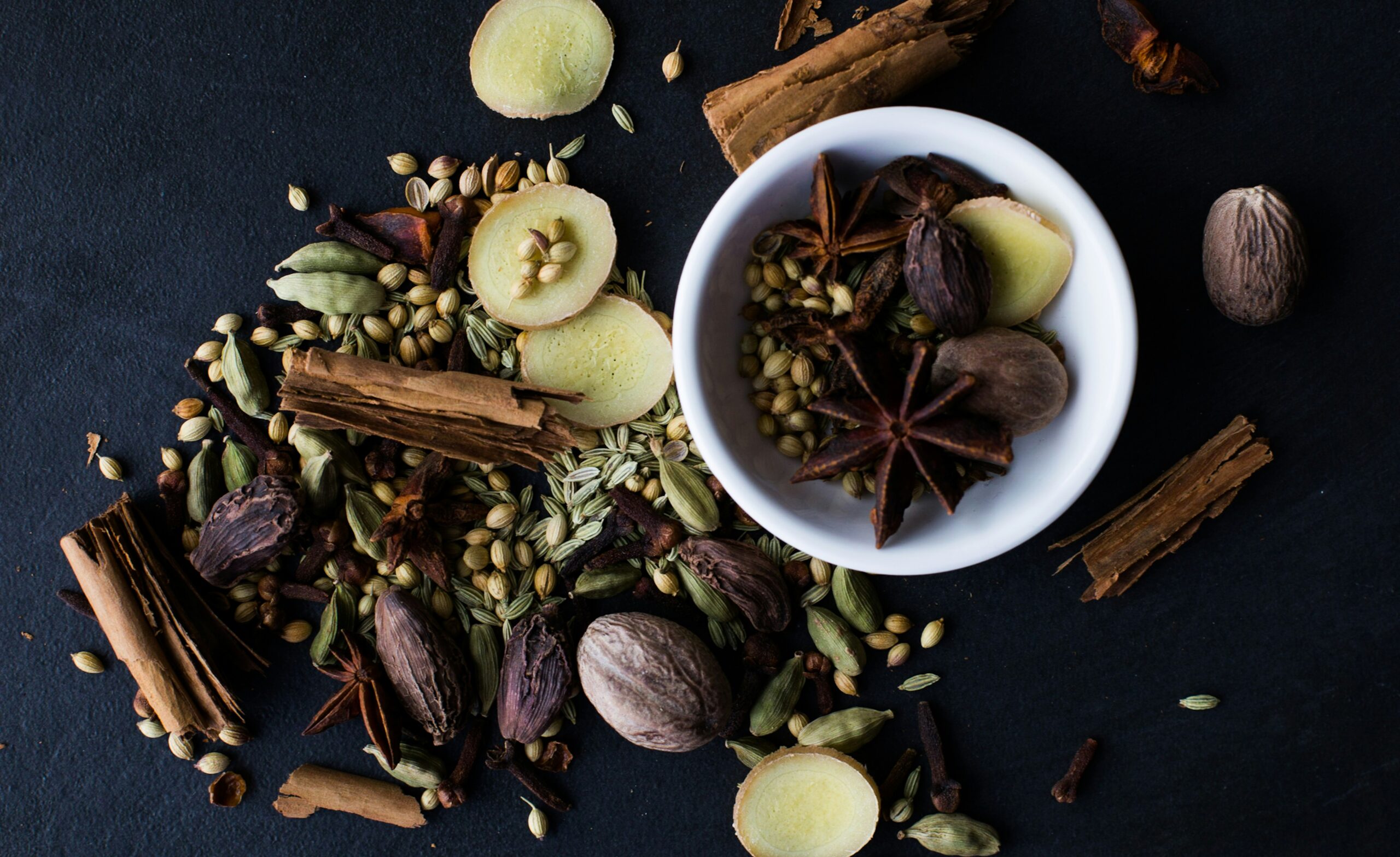When 18-year old Javier Larragoiti was told his father had been diagnosed with diabetes, the young man, who had just started studying chemical engineering at college in Mexico City, decided to dedicate his studies to finding a safe, sugar-alternative for his father.
“My dad tried to use stevia and sucralose, just hated the taste, and kept cheating on his diet,” Javier told the Guardian. Stevia and sucralose are both popular sugar alternatives, and many reduced-sugar products available today contain one or the other.
With stevia and sucralose out of the picture, the young chemist needed to keep searching. He started dabbling with xylitol, a sweet-tasting alcohol found in birch wood but also in many fruits and vegetables. Xylitol is used in sugar-free products such as chewing gum and also in children’s medicine, but is toxic to dogs even in small amounts.
“It has so many good properties for human health, and the same flavour as sugar, but the problem was that producing it was so expensive,” said Javier. “So I decided to start working on a cheaper process to make it accessible to everyone.”
PICTURED: A traditional campesino – a small-scale family farm owner in rural Mexico smiles among his stalks. Corn is a massive part of both the Mexican economy, and culture.
Xylitol made cheaper
Corn is Mexico’s largest agricultural crop, and Javier has since patented a method of extracting xylitol from discarded corn cobs. With 28 million metric tonnes of corn cobs generated every year in Mexico as waste products, there’s no shortage of xylitol-generating fuel.
In the process, Javier is beginning to sort out another problem besides how to make xylitol less expensive to produce – finding an alternative way of disposing of the 28 million metric tonnes of corn cobs that doesn’t involve the traditional means of removal – burning them.
In reducing the amount of corn cob burned, the carbon footprint of a pollution-heavy country like Mexico can be reduced a little more.
His business, Xilinat, buys waste from 13 local farmers, producing 1 tonne of the product a year. His invention was awarded a prestigious $310,000 Chivas Venture prize award, which will enable him to industrialise his operation and scale up production 10-fold, sparing another 10 tonnes of corn cob from the furnace.
Another way for corn
Obesity affects a terrifying number of people world-wide. Some estimates range as high as 1 in 7 people, while type-2 diabetics and those at risk for type-2 diabetes account for 10% of the world population.
Javier says that sugary diets are a real problem in Coca-Cola-loving Mexico, a country with the world’s second-highest rate of obesity. It has successfully taxed sugary drinks as a means to combat a main source of the issue.
In a strange coincidence, Javier’s method of extracting a sugar substitute from a vegetable happens to incorporate the same vegetable that is so prevalent in the obesity epidemic in the United States – high-fructose corn syrup.
“It’s kind of ironic,” Javier continues in the Guardian interview, “High fructose corn syrup is just a bomb of carbs and concentrated sugar that makes a high peak of insulin. It’s many times sweeter than regular glucose. Companies use and pay less and that’s the issue”.
It’s not just companies that exacerbate the problem, it’s the federal government, who pay out $20 billion a year in subsidies to farmers, 80% of which go to wheat, corn, rice, and soya. By instituting price controls and protecting farmer’s yields with insurance to cover lean years, there’s very little incentive to grow anything other than corn, wheat, or soya.
High-fructose corn syrup is added in most processed and packaged foods and drinks, and likely plays a big part in the obesity epidemic in the United States – where the CDC reports it effects 93 million adults.
However with North America growing more corn than anywhere else on the planet, and with the Department of Agriculture subsidizing its growth, the supply of corn for conversion to corn syrup is cheap and guaranteed.
This is because the DOA sets a minimum price, which is usually high and guarantees farmers will be paid that amount for their yield if the market price drops. The added difference comes from tax dollars.
If Javier’s method of extracting a sugar-free substitute was implemented, the United States could convert corn fields into a more nutrient-dense row crop, shift supply away from the creation of high-fructose corn syrup, or even increase the utilization of corn for bio-ethanol, which would cause the price of different petroleum products to drop.
Beyond all that however, Javier Larragoiti’s original ambition to help his dad combat diabetes was accomplished.
“My dad is super-happy,” Larragoiti says, finishing his interview. “He uses my product every day and he’s willing not to cheat on his diet any more!”


